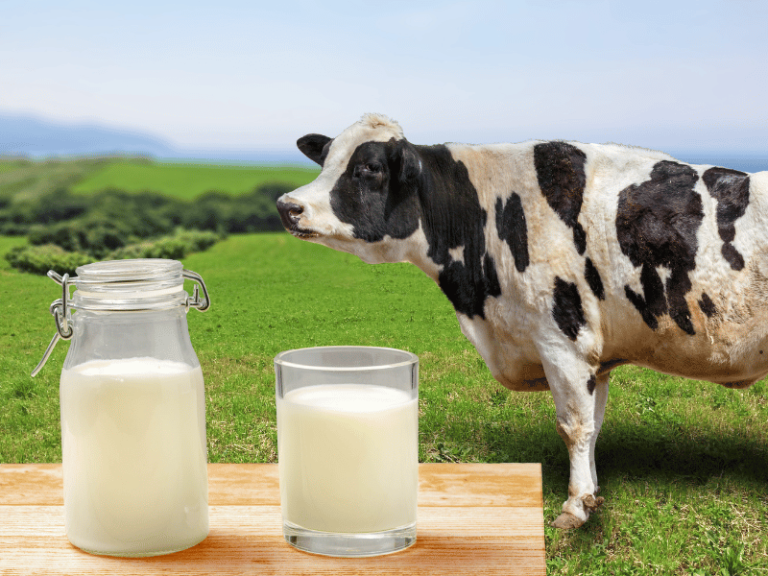The quantity and quality of milk produced by a cow vary with factors such as its age, physique, health condition, and various external influences. Age is a significant factor affecting milk production in cows. Younger cows generally increase their milk yield, but once they reach a certain point, milk production decreases gradually as the cow ages and the development of the udder declines. Milk production gradually increases from the first to the sixth lactation period. Beyond the sixth lactation, both the quantity and quality of milk generally stabilize. As cows grow older, milk production gradually decreases, and the fat content also reduces.
External conditions such as climate variations, feed quality, and management practices also significantly influence milk production. Among these factors, management practices have a substantial impact on the quantity and quality of milk produced by cows. Adequate nutrition rich in protein, sufficient minerals, vitamins, and water, coupled with sound management practices, can enhance milk yield and quality. Additionally, maintaining clean and well-ventilated cattle sheds, appropriate grazing and exercise, and regular udder massage can also improve milk yield and quality.
Regarding the effect of music on milk production during milking, it works due to the complex physiological process involved in milking. This process is controlled by the nervous system, and various stimuli from the external environment affecting the cow’s sensory organs such as sight, hearing, and smell can influence the milking reflex—some stimuli enhance milking, while others inhibit it. Playing harmonious music to cows can stimulate excitement in the cerebral cortex, thereby enhancing the milking reflex and increasing milk yield. This is analogous to studies where physiologists have found that using coffee to stimulate excitement in the cerebral cortex can increase milking yield by 7-16%.

